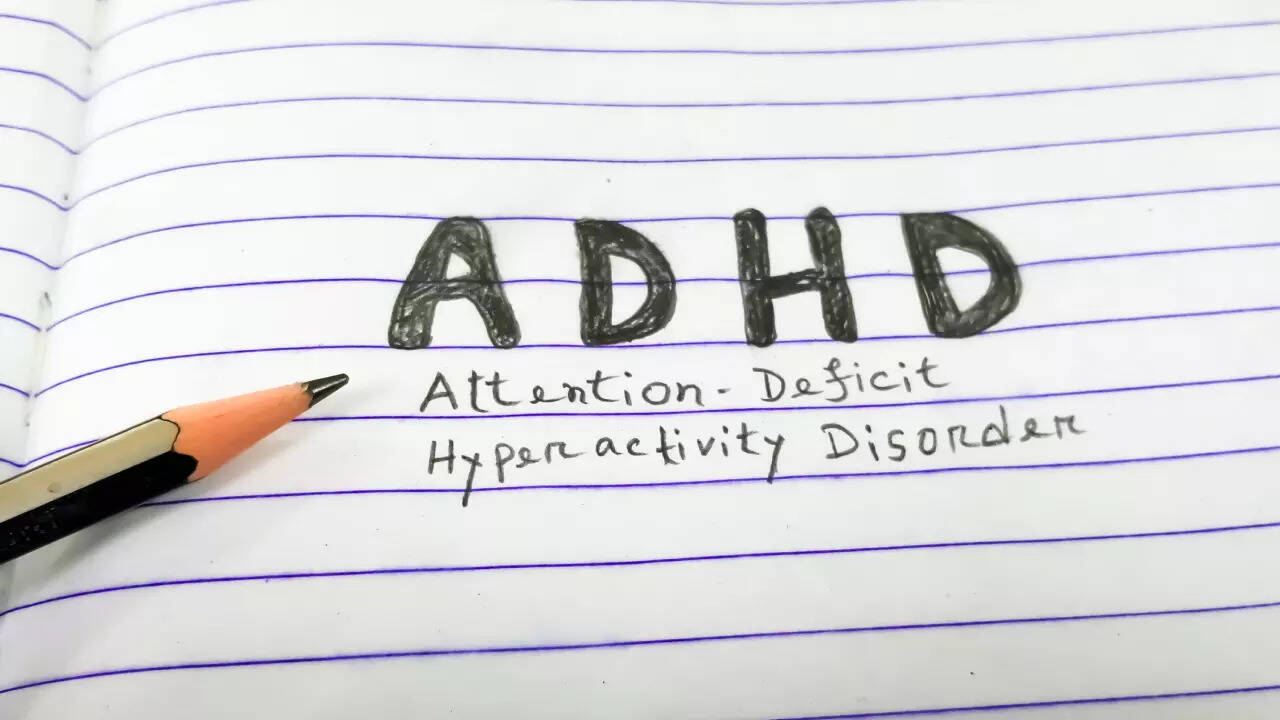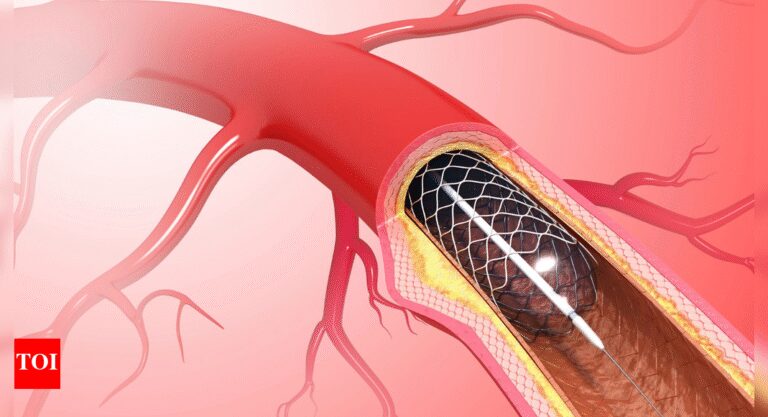
Think the neurodevelopmental disorder ADHD (Attention Deficit Hyperactivity Disorder) is a limitation? Well, then, think again. This long-term condition, which affects millions of children, has many facets we are unaware of. A new study has confirmed that ADHD is linked to increased creativity. The study also suggests that this creativity is associated with a greater tendency to let your mind wander. This study was presented at the ECNP congress in Amsterdam.
ADHD and creativity

The researchers found that people with ADHD can be creative, as they let their mind wander. This study is the first of its kind to explain a link between ADHD and creativity. Lead researcher of the study, Han Fang, from the Radboud University Medical Centre, the Netherlands, said, “Previous research pointed to mind wandering as a possible factor linking ADHD and creativity, but until now no study has directly examined this connection. We conducted two studies, utilizing 2 different groups of ADHD patients and healthy controls, one from a European group curated by the ECNP, and a second study from a UK group. In total, there were 750 participants. Separately analyzing results from 2 independent groups means that we can have greater confidence in the results”.
The study

In this study, the researchers looked at the correlations between ADHD characteristics, creativity, functional impairments, and the role of mind wandering. The participants in both patient groups showed classic ADHD characteristics, such as lack of attention, impulsivity, and the tendency to let one’s mind wander away from the subject at hand. Both the studies also suggested that more ADHD symptoms were correlated with more mind wandering.The researchers have defined mind wandering as shifting attention away from the task at hand toward internally generated thoughts. Though all of us have certain amount of mind wandering, it is seen more in people with ADHD.“Previous researchers have been able to distinguish two different types of mind wandering. It can be a loss of concentration, where your mind may drift from subject to subject. This is ‘spontaneous mind-wandering’. Another type is ‘deliberate mind wandering’, where people give themselves the freedom to drift off-subject, where they ‘allow their thoughts to take a different course’. Psychiatrists have developed ways of measuring how much people are subject to these different tendencies,” Han Fang added.During the research, they also measured the creativity of both groups and examined how it was linked with the different types of mind wandering.
The findings

“We found that people with more ADHD traits, such as lack of attention, hyperactivity, or impulsivity, score higher on creative achievements in both studies. This supports previous research. Additionally, we found that mind wandering, particularly deliberate mind wandering, where people allow their “thoughts to wander on purpose”, was associated with greater creativity in people with ADHD. This suggests that mind wandering may be an underlying factor connecting ADHD and creativity,” Dr Han Fang said. Fang continued, “This may have practical implications, for both psychoeducation and treatment. For psychoeducation, specially designed programs or courses that teach individuals how to utilize their spontaneous ideas, for example turning them into creative outputs, could help individuals with ADHD traits harness the benefits of mind wandering. For treatment, ADHD-tailored mindfulness-based interventions that seek to decrease spontaneous mind wandering or transform it into more deliberate forms may reduce functional impairments and enhance treatment outcomes. This is the first time this link has been investigated, so we need to see more studies which confirm the findings”.“Mind wandering is one of the critical resources on which the remarkable creativity of high-functioning ADHD individuals is based. This makes them such an incredibly valuable asset for our society and the future of our planet,” K.P. Lesch (Professor of Molecular Psychiatry, University of Würzburg, Germany) added.








